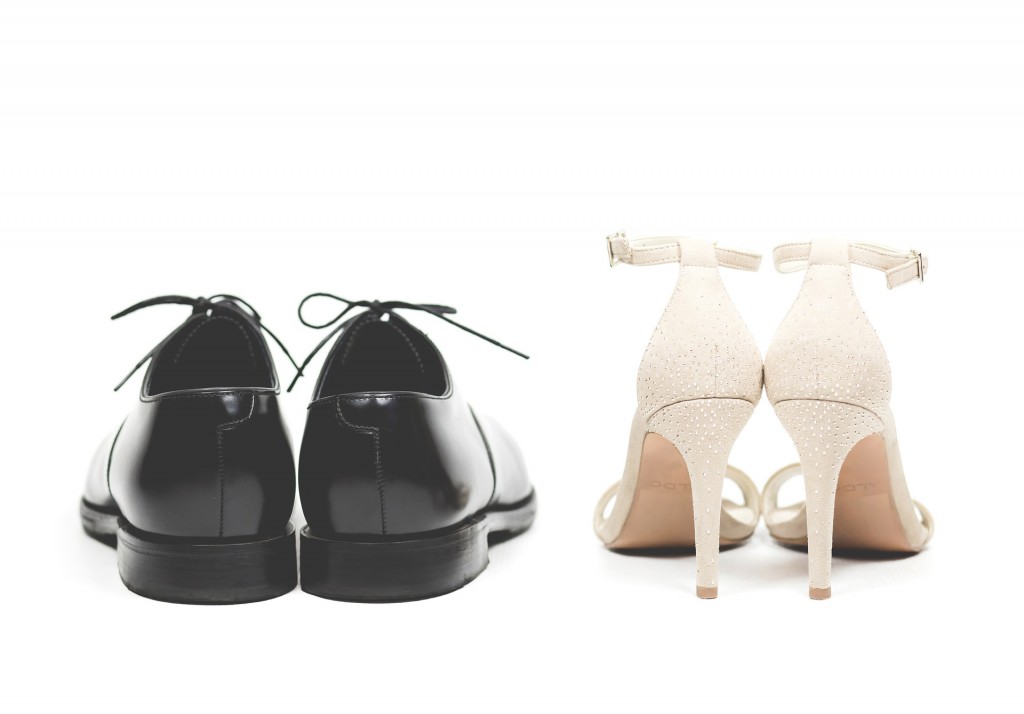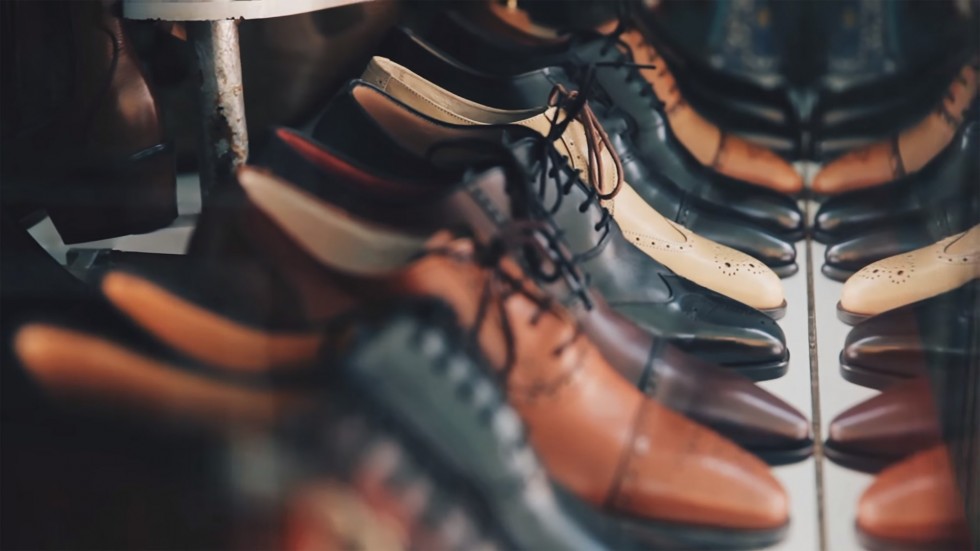Leather shoes are not cheap. So if you bought new ones, then you definitely want to protect leather shoes from rain this autumn. There are lots of different tactics to protect your shoes, but only some of them truly work. This piece is about those tricks that will help you protect new favorite shoes from cracks from the very beginning.
Why bother?
Well, first of all, water and salt damages are pretty expensive to fix. Leather has great suppleness characteristic, yet salt and water can and will destroy it. The combination of salty water makes natural leather dry out. As a result, you will find lots of cracks and pinches that would instantly make your new shoes look old and unattractive.
In case you decide not to care about your leather shoes once salt is being thrown on the ground in the beginning of winter, you risk losing them forever. Once the salt dries out on quality leather shoes, it will be extremely complicated and sometimes even impossible to clear the stains out. Even professional cleaners and maids report that some stains are impossible to get rid of! Under the salt influence leather gets colorless, rough, and weak at the top layer. Sometimes if left uncared for several days such shoes would require professional hand of a cobbler.
How to protect leather shoes from rain?
Notice the fact that the word waterproof was not used once here. It is made on purpose because the term is misleading. Waterproofing means making something completely and perfectly protected from water and rain in particular. In the real world there is no such remedy that can save your leather shoes from water impact at 100%. However, do not despair; the tips described below will help you get as close as possible to the 100% protection from water.
1. Waterproofing compound
If you just google the phrase “waterproofing compound to protect leather shoes from rain” you are likely to get millions of results with a huge variety of options and techniques. Each and every cobbler prefers his own method, but here are the basic ones:
- Wax-based polishes are designed to create a shine on your leather shoes and they also create a thin protective that provides light resistance to water and salt. If you’d like your shoes to shine, choose Lincoln or Meltonian products for testing. If you choose wax-based polishes, make sure to apply them regularly – every 3-4 wears.
- Specialty waterproof compounds include Heavy Duty Leather Preservative and Sno-Seal Weather Protectant. Both of them do a solid job under condition that you apply them properly. Be aware that they are designed not to create a shine but to seal out moisture.
- Spray on waterproofing compounds have the highest popularity among people yet experts say that not the best ones. Common arguments include inability for leather to breath and that if there is silicone ingredient, it will dry out the leather.
Summing up, the former two options are better, yet require more attention on your side. In case you don’t have much time and don’t want to put much effort into making your shoes waterproof, then spray compounds can do you a favor to protect your leather shoes from rain.
2. Test and prepare
Before you apply any of the means described above to protect leather shoes from rain, it is important to prepare the shoes for this process. This means cleaning the shoes as much as you can with water and a mop and letting it dry. Then BEFORE you apply the compound all over the shoe, ensure that it does not destroy your shoe or change its appearance! So choose a small part of your shoe and apply some part of the compound on it. Then leave it be for a couple of hours. If you see no negative changes (change of color, deformation of the leather, different leather appearance, etc.) then you can go on and apply the compound on the shoes. Should any negative changes occur, clear out the compound from the shoe and try a different one.
3. Application
You remember that above there was a distinction between a shining compound and a waterproofing compound when you want to protect leather shoes from rain. Well, there is also a difference in their application. With the former one you can be less accurate because if you miss the spot and leave it uncovered, then it would just be less shiny. In case you don’t create an even layer of the waterproofing compound all over the leather shoe, you out that spot on your shoe under high wearing off and water impact which will result in much faster wear out.

What to do if your shoes are already wet?
If you missed the right moment to protect leather shoes from rain and they are already wet, there is still a way to save them.
- Take dry rag or a towel and remove excess water from the outside of the shoe.
- Now take care of the moisture inside of the shoes. You can either use a dry towel to put inside of the shoes or just stack some screwed up newspapers into the shoes. Do not try to dry the shoes out with electrical shoe dryers, hair dryer, or putting them under the heating elements! This method can damage the shape of your shoes and have negative impact on the leather in general. Wait until your shoes dry out naturally (it may take up to 2 days).
- Once you see that the shoes have dried out, clean them with a leather balm or cream and polish as usual. To protect and save the shoes after complete wetting, ensure that you cream and polish your leather shoes after every wearing during the first week after the accident.





